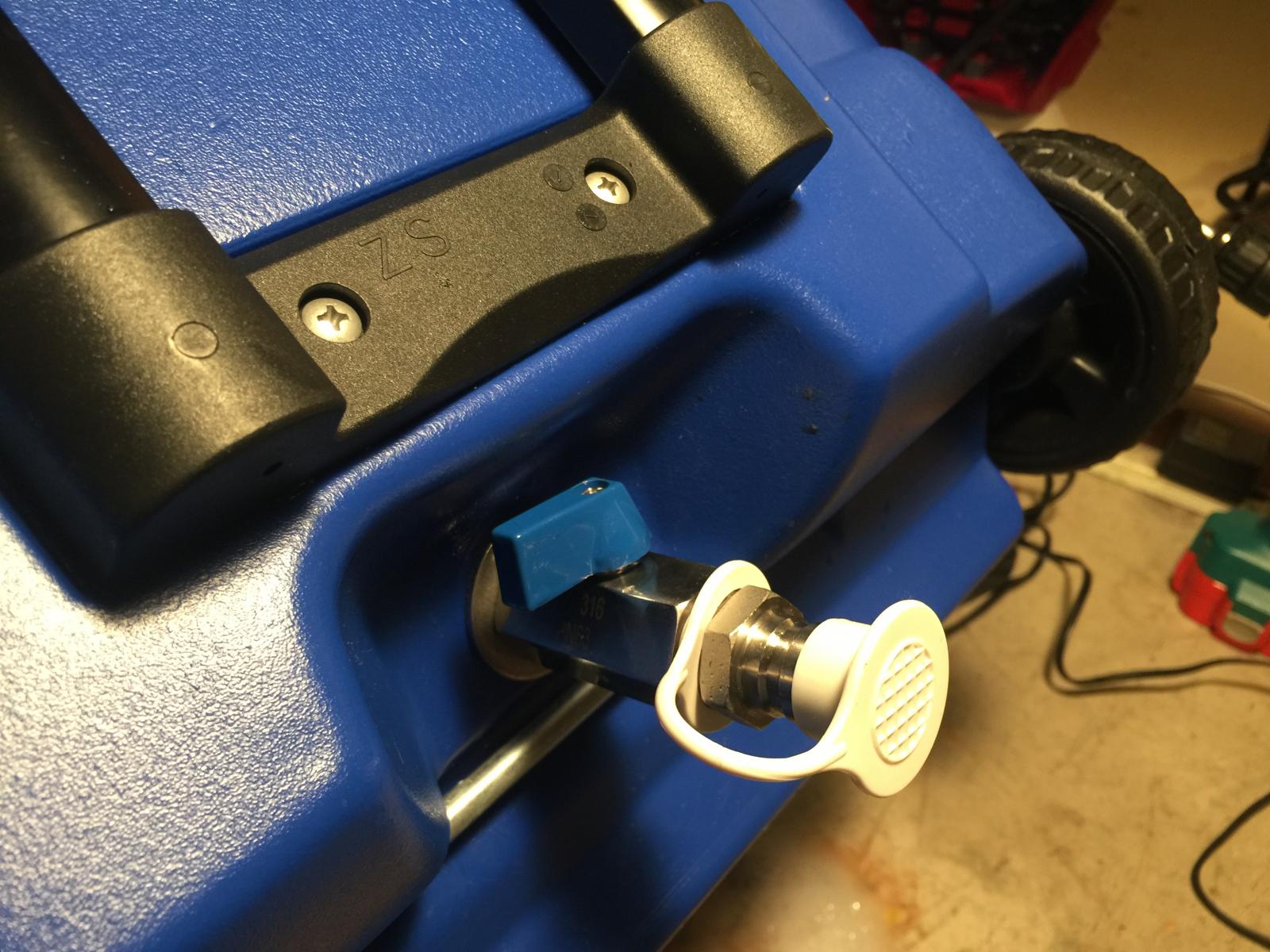Thought I'd share after lifting several ideas I've found here and elsewhere on the interwebz:
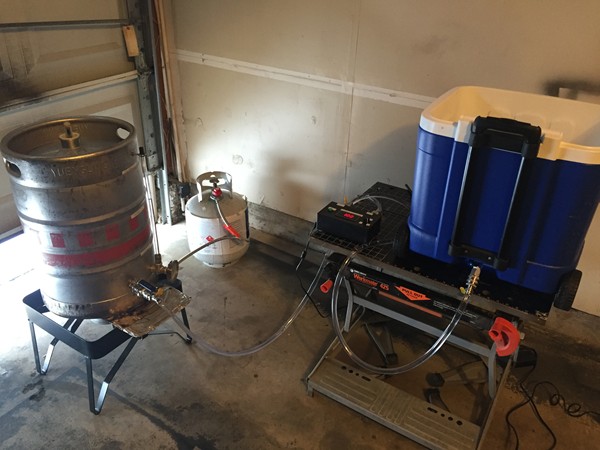
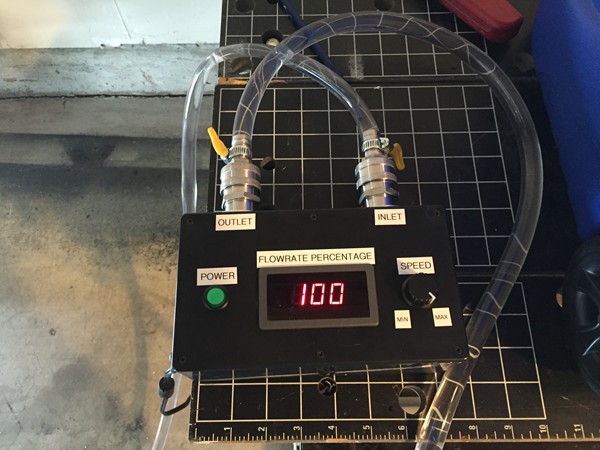
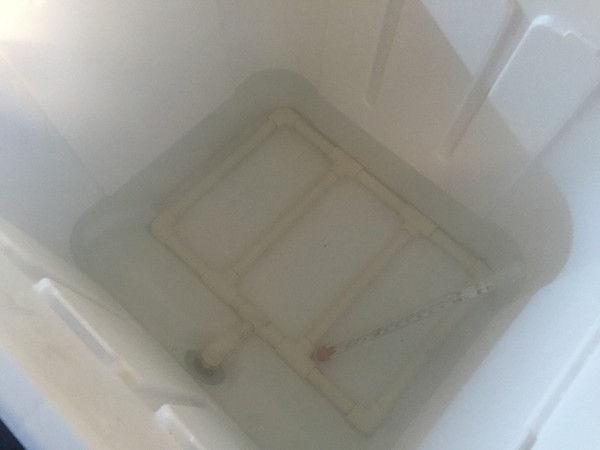
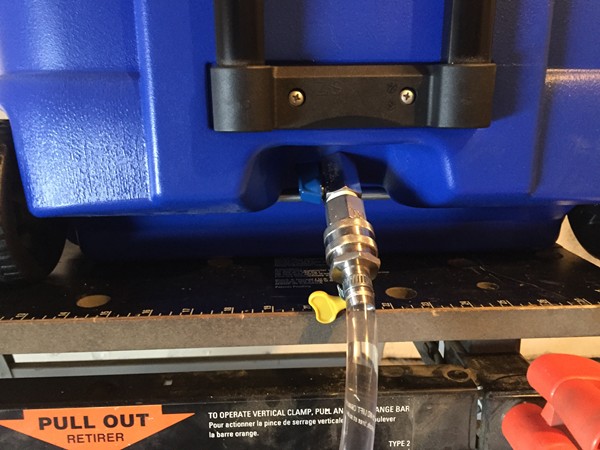
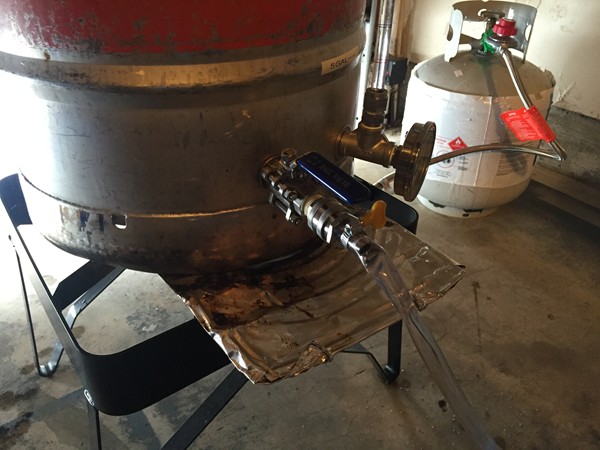
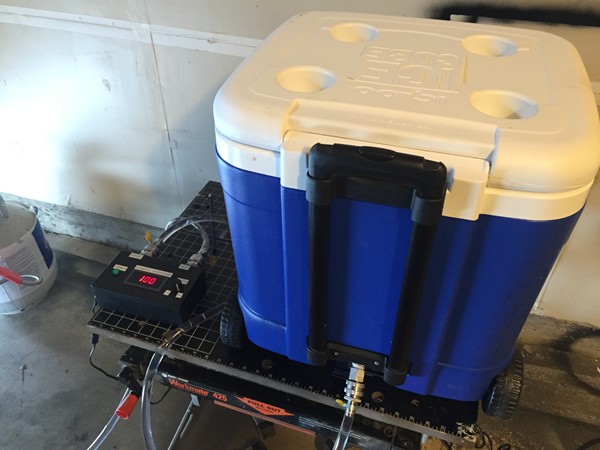
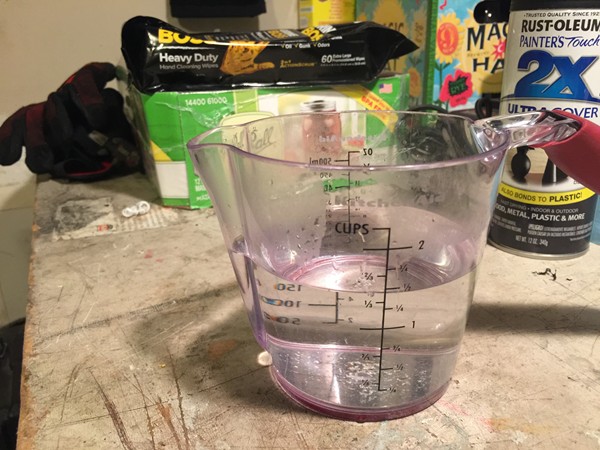
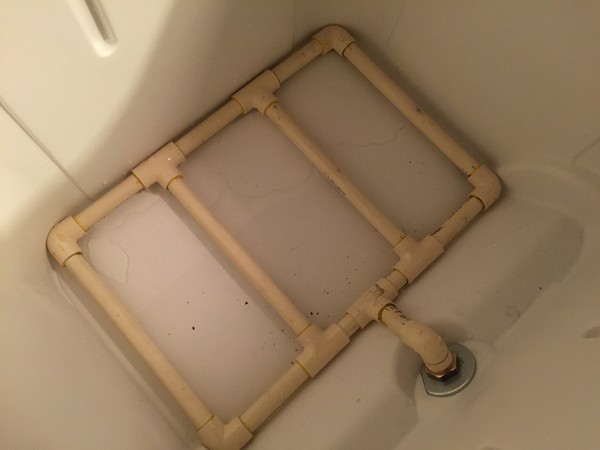
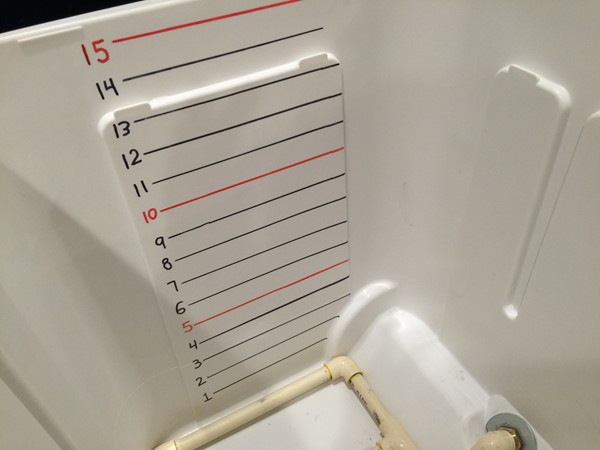
A couple things of my own:
-Stainless QD's
-Mini ball valve on mash tun
-Built the small xfer pump with a food grade hot water pump and added a variable speed control
Some good ideas found online I incorporated:
-Removable manifold
-Small slits on bottom of manifold
-Expanding-foam insulation inside lid
I tested today, and in my ~42 degree garage, I only lost about 3 degrees over the course of an hour, so it's insulated reasonably well. I also only lost about 350ml of liquid at the bottom of the tun.
Appreciate everyone who shared ideas...
-sc









A couple things of my own:
-Stainless QD's
-Mini ball valve on mash tun
-Built the small xfer pump with a food grade hot water pump and added a variable speed control
Some good ideas found online I incorporated:
-Removable manifold
-Small slits on bottom of manifold
-Expanding-foam insulation inside lid
I tested today, and in my ~42 degree garage, I only lost about 3 degrees over the course of an hour, so it's insulated reasonably well. I also only lost about 350ml of liquid at the bottom of the tun.
Appreciate everyone who shared ideas...
-sc













































![Craft A Brew - Safale S-04 Dry Yeast - Fermentis - English Ale Dry Yeast - For English and American Ales and Hard Apple Ciders - Ingredients for Home Brewing - Beer Making Supplies - [1 Pack]](https://m.media-amazon.com/images/I/41fVGNh6JfL._SL500_.jpg)















